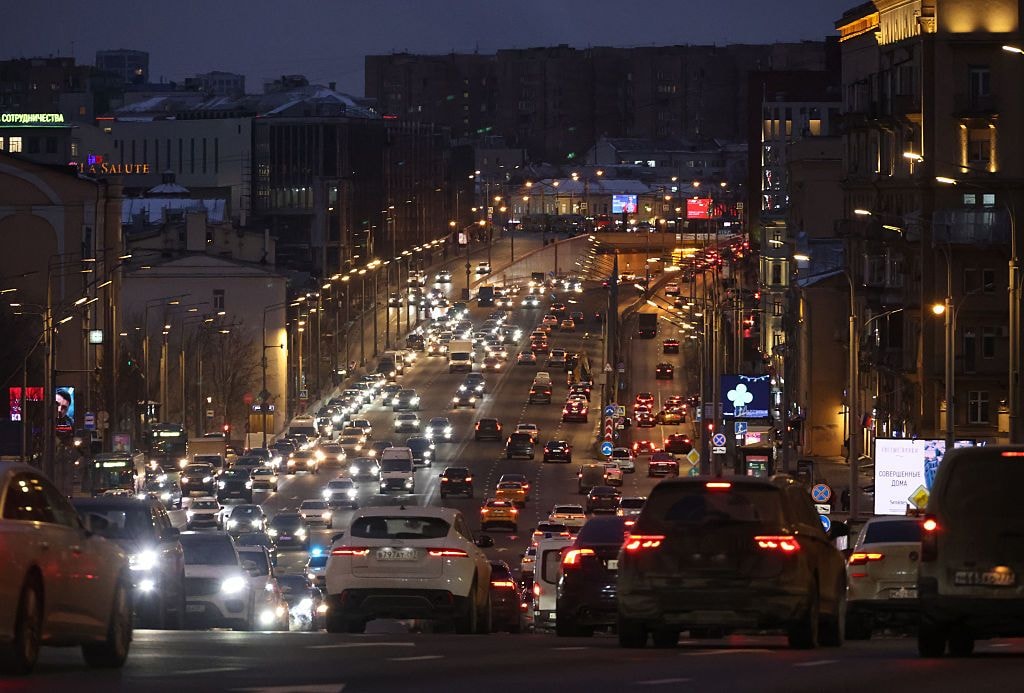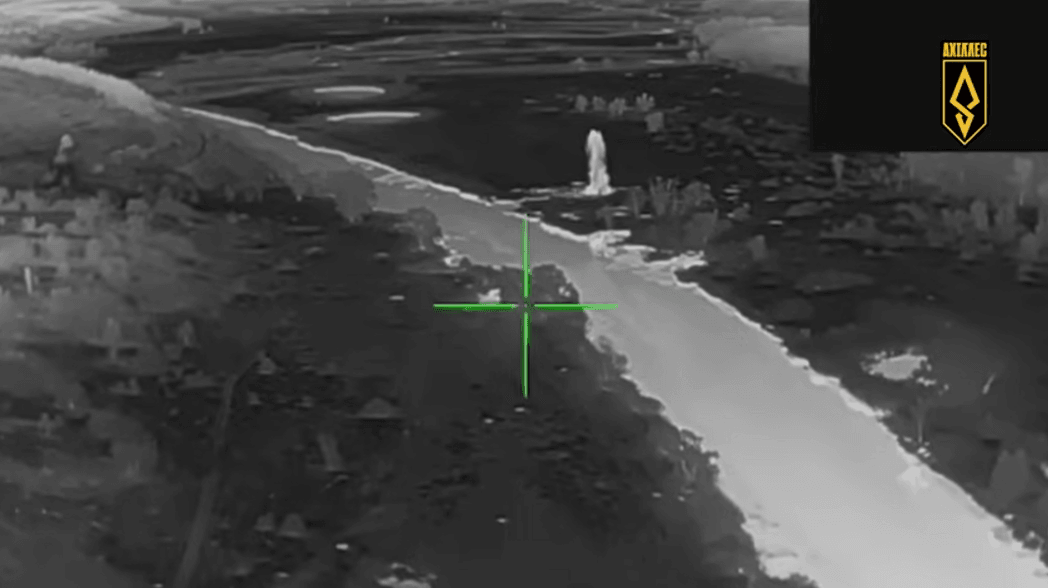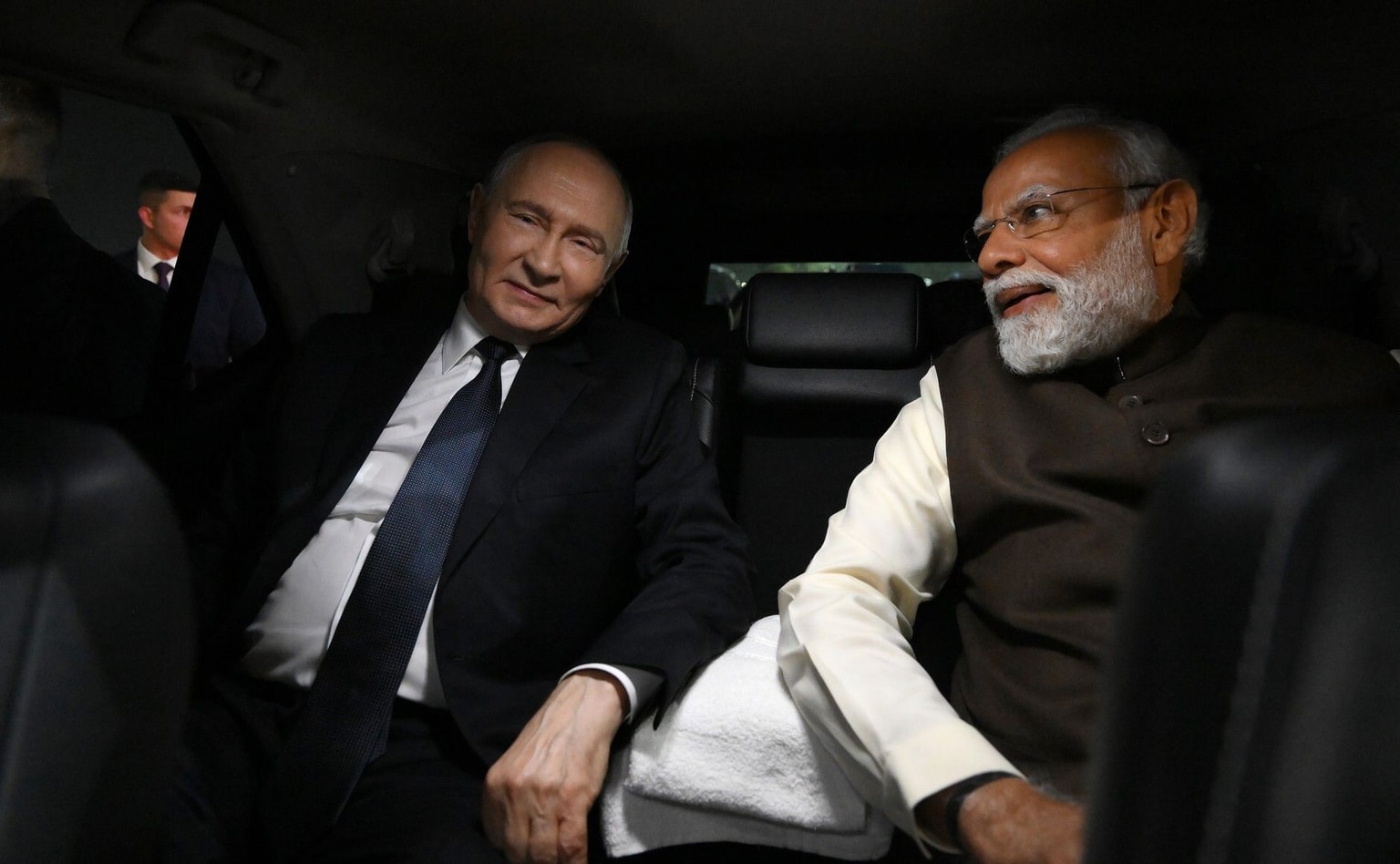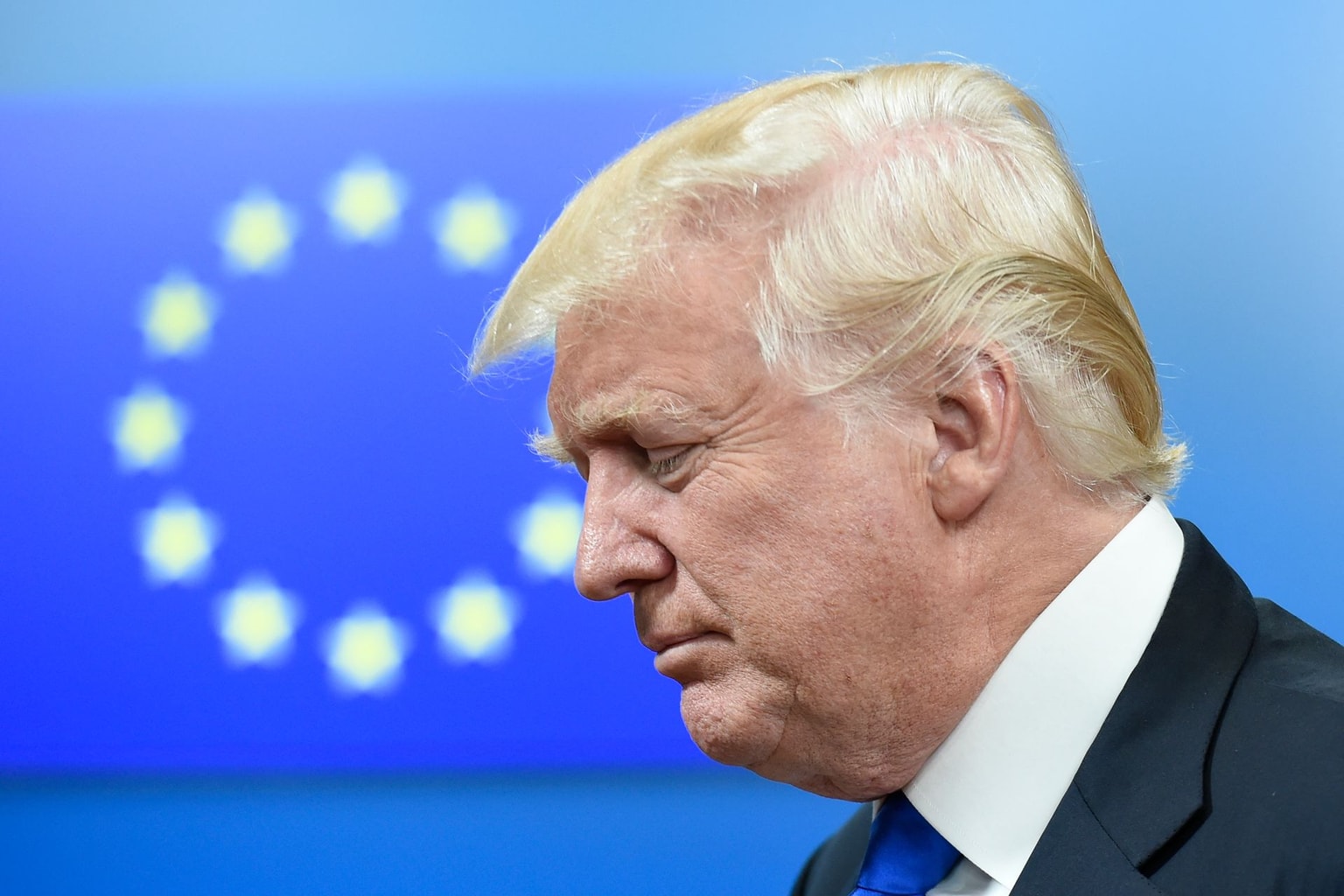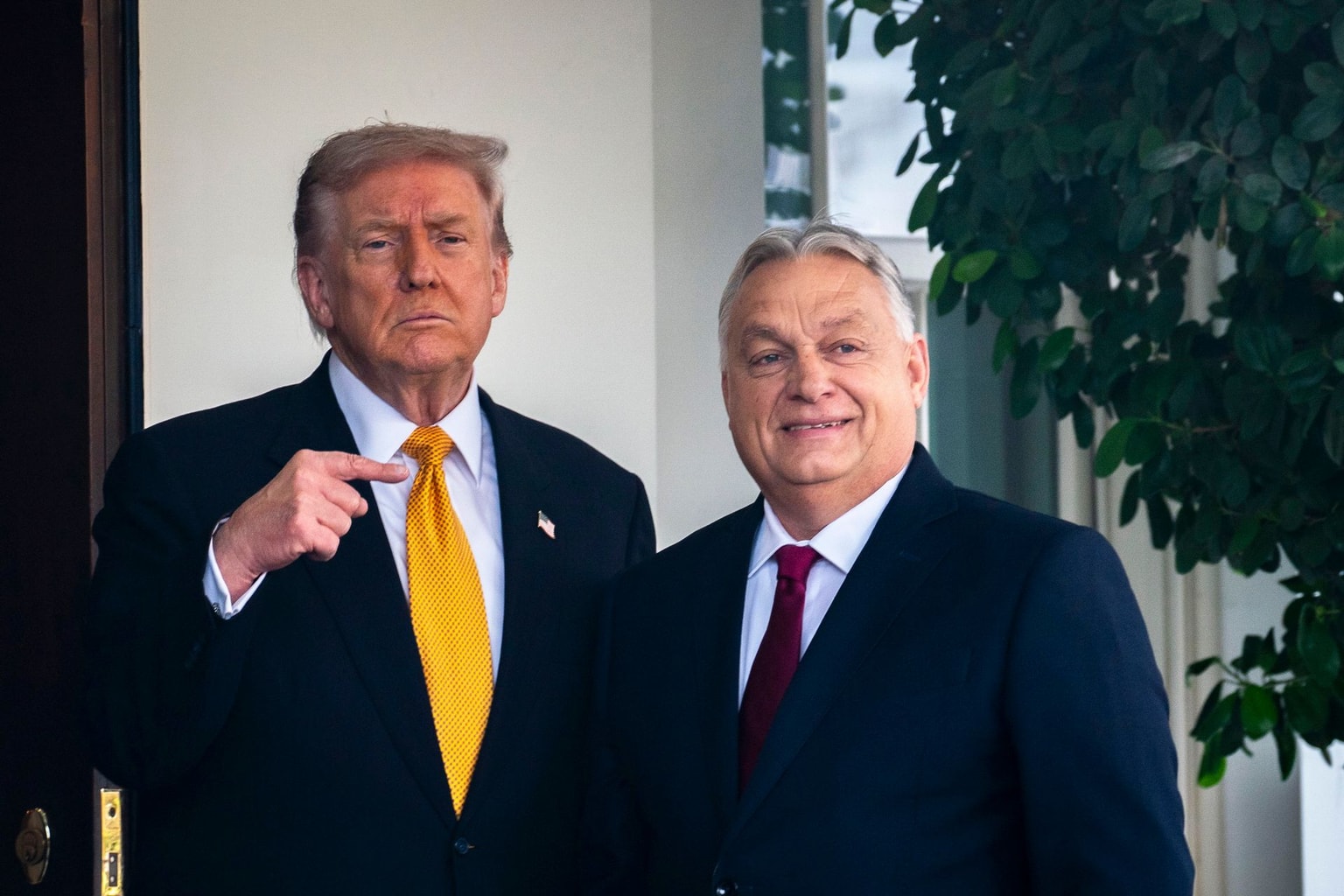No aid? No problem (yet): Ukraine stirs up a fiscal fix
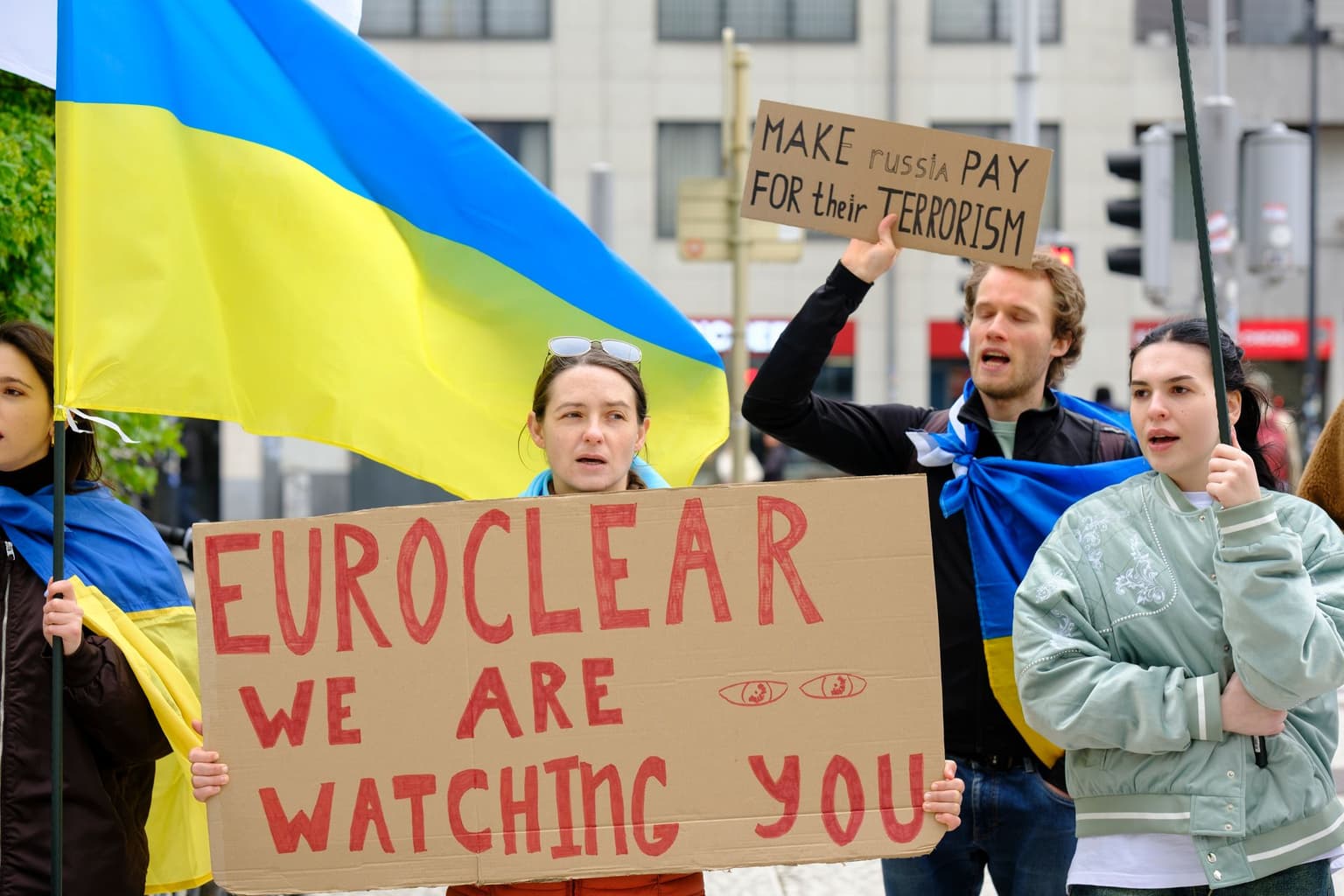
Get more news like this directly to your inbox every week by subscribing to our Ukraine Business Roundup newsletter.
Ukraine is considering a cocktail of ideas to keep its finances afloat while it waits for Brussels to greenlight new aid, and a big drop in foreign aid in 2026 looms.
Unspent funds from government ministries in 2025, ad-hoc government borrowing, and front-loading loans whose disbursements are currently scheduled throughout 2026 could contribute to a buffer early next year, a top Ukrainian official told the Kyiv Independent.
Ukraine needs its European allies to cough up at least $61 billion to cover its budget gap in 2026 and 2027, which emerged over the summer as it became clear the war would not end this year, and the U.S. under President Donald Trump would not approve any new funding.
The stakes were raised when the European Union failed to secure a political agreement on Oct. 23 to go forward with a reparations loan initiative, meaning that the fate of the 140 billion euros lifeline won't be known until the next European Council in December.
But Ukraine isn't overly concerned. "We view the reparations loan as a timing question, rather than a question of substance," Yuriy Butsa, Ukraine's government commissioner for public debt management, told the Kyiv Independent on Nov. 4.
"We believe this process will be finalized. If the funds are available for us early in quarter two of 2026, then liquidity-wise we are comfortable," he said.
Financing commitments for 2026 so far include roughly $9–10 billion from the EU's Ukraine Facility and $12 billion in ERA loans, a G7 initiative backed by the interest generated from Russian central bank reserves immobilized after the full-scale invasion.
But Ukraine still needs roughly $18 billion more to break even in 2026, hence the exploration of potential fiscal buffers for the start of the year.
"Over November and December (...) we'll see which ministries have underspent this year, leaving the 2025 budget with some savings, which we could use to give us a buffer early next year," Butsa explained.
Kyiv could also bring forward scheduled ERA loans. Currently, around $1 billion per month is planned to be disbursed monthly in the first half of 2026 through the World Bank, according to Butsa.
"The option to front-load part of this to the beginning of 2026 is there, but we haven't yet triggered that option."
More domestic borrowing is also possible, but the exact mix of Kyiv's strategy will become clearer once the state budget for next year is approved in its final form and ministry savings are revealed, which will happen over the next two months.
Scrambling on the sidelines
The financial patchwork is the latest iteration of Kyiv scrambling for solutions as it waits on international partners to provide funds, a process over which it has little control.
In the first quarter of 2024, Ukraine had to divert some of its budget to military procurement and boost domestic borrowing as it awaited an aid package from the U.S., which got stuck in Congress.
In 2025, roughly $6 billion in ERA loans scheduled for 2026 were front-loaded to cover military, weapons, and salary expenditures in a supplementary budget.
This time, the pressure is heightened with the lack of a U.S. backstop and a looming cliff-edge in Kyiv's financing pipeline. But while Brussels is consumed in intense negotiations over the reparations loan, Kyiv has at times been forced to wait on the sidelines.
A former top Ukrainian official familiar with discussions told the Kyiv Independent that the reparations loan announced by Ursula von der Leyen on Sept. 10 in her State of the Union address had not been previously discussed in any depth with Ukraine's central bank or Finance Ministry.
Another Ukrainian official told the Kyiv Independent on the condition of anonymity that European partners had told them "not to worry, or to get involved" and that they would "figure something out," with regard to funding over the next few years.
Brussels is reportedly developing a "Plan B" if the reparations loan fails to go through, which could include raising tens of billions of euros in joint debt.
"At this point, the determination of key European countries and the EU to provide financial support to Ukraine has been sufficiently demonstrated that we can assume that it is here to stay," says Nicolas Veron, senior fellow at Brussels-based Bruegel think tank.
"The reparations loan is relatively painless, but if, for some reason, it doesn't happen, there will be other ways for Europeans to keep supporting Ukraine," he added.
Ukraine's accounting
Ukraine spends all of its own tax revenues on the military — about $62.8 billion next year, according to the draft state budget for 2026. That is supplemented by in-kind military donations and financing, which has averaged over 40 billion euros a year in 2022—2024, according to Kiel Institute's Ukraine Support Tracker.
Foreign financing from abroad pays for everything else, keeping crucial state services running, such as pensions, schools, and hospitals. Financial aid averaged 39.6 billion euros a year in 2022—2024, of which the U.S. contributed roughly 39% until 2024, according to Kiel.
But that has completely ceased under the Trump administration, leaving Europe to rush to foot the bill.
According to Dragon Capital, approximately $27 billion is scheduled in the form of ERA loans and the Ukraine facility over the next two years.
In addition, an IMF program is currently under negotiation and potentially worth up to $8 billion from 2026 through 2029, which would give Kyiv some extra liquidity. Finance Minister Serhii Marchenko said on Nov. 4 that the program could be approved by January 2026.
If Ukraine secures the $61 billion it needs over 2026 and 2027, that would take it to 2028, when 100 billion euros proposed as part of the next European budget could kick in. While scheduled to be disbursed over seven years, it too could likely be front-loaded if necessary.
However, that is not set in stone, as unexpected changes in Ukraine's finances have frequently occured in recent years.
Budget gap estimates rely on forecasts that in-kind military donations will remain at similar levels, for example.
"There is always the risk that a decline in in-kind military donations means we have to use some of the budget funds for military procurement," Butsa told the Kyiv Independent.
"But we hope we don't have to resort to that option — the Defense Ministry is doing a lot of work to secure commitments for next year," he added.
Additionally, Ukraine Facility payments are subject to Ukraine meeting several conditions. Although the most recent tranche was disbursed on Nov. 3, Ukraine has failed to meet other reforms.
“The Ukraine Facility is disbursed depending on the fulfillment of a series of conditions, like judicial reform and strengthening governance," says Oleksandra Myronenko, economist at Kyiv-based think tank Center for Economic Strategy.
"The problem is that Ukraine isn’t doing very well. So far in 2025, Ukraine hasn’t reformed 7 indicators, and it will cost about $2.6 billion if the necessary indicators are not met,” she added.
But uncertain conditions are nothing new for Ukraine when it comes to financing.
"It's really a week-by-week analysis that we perform, and it's always been like that," Butsa said.


